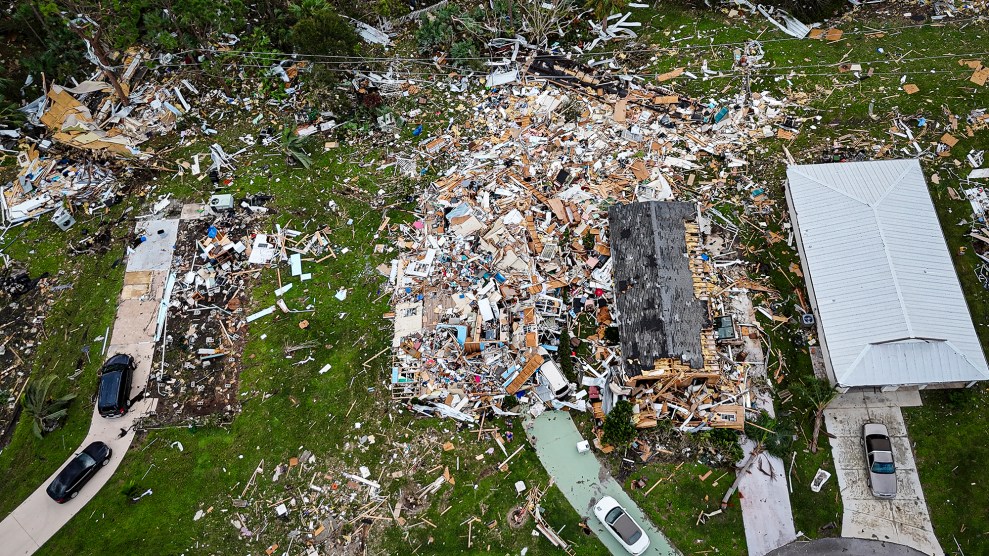The New York Times yesterday ran an article about the lack of oversight at what are called long-term care hospitals, and another about Select Medical Corporation, which runs 89 of them. According to the Times, more than 400 of these hospitals “have opened nationally in the last 25 years. Few of them have doctors on staff, and most are owned by for-profit companies.” While they take patients of all ages who need “acute long-term care,” these facilities hold a lot of older people, and survive almost entirely by getting top-dollar from Medicare for providing questionable care.
Lawsuits, state inspection reports and statistics deep in federal reports paint a troubling picture of the care offered at some Select hospitals, and at long-term care hospitals in general.
In 2007 and 2008, Select’s hospitals were cited at a rate almost four times that of regular hospitals for serious violations of Medicare rules, according to an analysis by The New York Times. Other long-term care hospitals were cited at a rate about twice that of regular hospitals.
Long-term care hospitals also had a higher incidence of bedsores and infections than regular hospitals in 2006, the most recent year for which federal data is available.
Fewer than 10 hospitals dedicated to long-term care existed in the early 1980s, according to Medicare officials. But many such hospitals have sprouted since then, driven by Medicare rules that offer high payments for hospitals that treat patients for an average of 25 days or more. Long-term care hospitals now treat about 200,000 patients a year, including 130,000 Medicare patients — at a projected cost of $4.8 billion to the government this year, up from $400 million in 1993….
Despite the rapid expansion of long-term care hospitals and the serious illnesses they treat, Medicare has never closely examined their care. Unlike traditional hospitals, Medicare does not penalize them financially if they fail to submit quality data.
Supporters of long-term hospitals say that even without staff physicians, they provide high-quality care and play an important role by treating patients who are too sick for nursing homes but are not improving at traditional hospitals. Hospital intensive care units help patients survive acute illnesses, heart attacks and trauma, but they are not intended to treat patients for weeks or months.
Of course, traditional hospitals can move those patients to regular medical wards for treatment. But under Medicare payment rules, traditional hospitals often lose money on patients who stay for long periods. So they have a financial incentive to discharge patients to long-term hospitals, which then receive new Medicare payments for admitting the patients. Both hospitals benefit financially.
That dynamic, rather than evidence that long-term hospitals benefit patients, has driven their expansion, said Dr. Jeremy M. Kahn of the University of Pennsylvania, who has received a federal grant to study the hospitals. The industry’s growth is an example of how health care companies can exploit the $450 billion Medicare program, he added.
A companion piece in the Times is called “Trail of Disquieting Reports From Hospitals of Select Medical.” “Disquieting” is a nice word for the examples the article provides of what passes for care in these places, funded by our tax dollars.
What’s the lesson of all this for health care reform? Maybe that even when it comes to Medicare, the closest thing we have to a single-payer program, companies are rewarded not for providing better care, but for cutting the best deal in Washington. And no wonder, since health care profiteers know that they are dealing with a weak, disorganized, and malleable government regulatory system that’s likely to be too timid to take them to task.
















